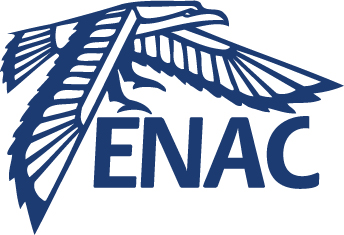Text-Enriched Air Traffic Flow Modeling and Prediction Using Transformers
Résumé
The air traffic control paradigm is shifting from sector-based operations to flow-centric approaches to overcome sectors’ geographical limits. Modeling and predicting intersecting air traffic flows can assist controllers in flow coordination under the flow-centric paradigm. This paper proposes a flow-centric framework – TEMPT: Text-Enriched air traffic flow Modeling and Prediction using Transformers – to identify, represent, and predict intersecting flows in the airspace. Firstly, nominal flow intersections (NFI) are identified through hierarchical clustering of flight trajectory intersections. A flow pattern consistency-based graph analytics approach is proposed to determine the number of NFIs. Secondly, in contrast to the traditional traffic flow feature representation, i.e., numerical time series of flights, this paper proposes a text-enriched flow feature representation to intuitively describe the “flow of flights” in the airspace. More specifically, air traffic flow features are described by a “text paragraph” composed of the time and flight sequences transiting through the NFIs. Finally, a transformer neural network model is adopted to learn the text-enriched flow features and predict the future traffic demand at the NFIs during future time windows. An experimental study was carried out in French airspace to validate the efficacy of TEMPT using one-month ADS-B data in December 2019. Prediction results show that TEMPT outperforms the competitive air traffic flow modeling and prediction approaches: time-series-based Transformers, Long Short-term Memory (LSTM), and Graph Convolutional Networks (GCN), as well as aerodynamic trajectory simulation-based prediction and the historical average.
